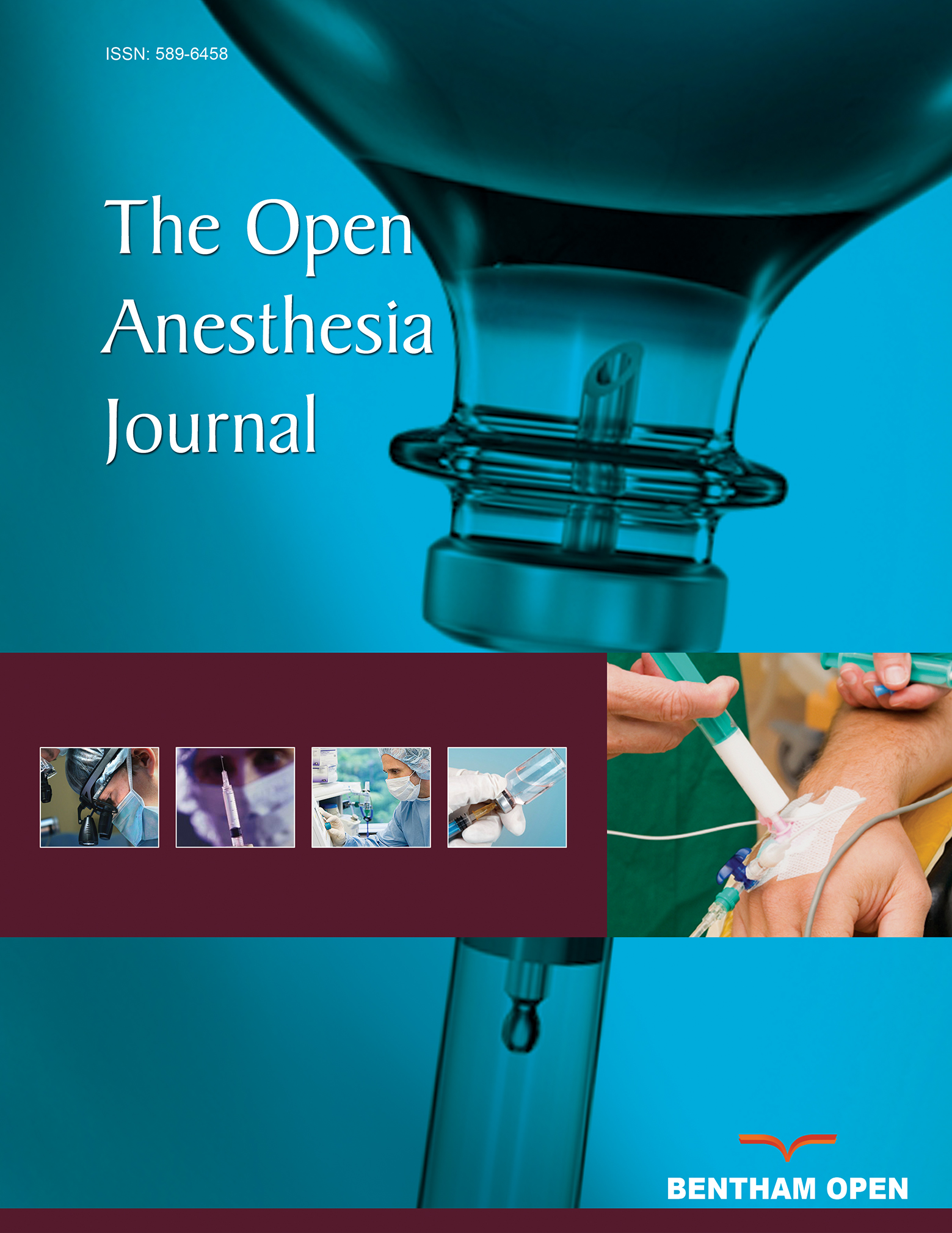Physiological Changes in the Pregnancy and Anesthetic Implication during Labor, Delivery, and Postpartum
Abstract
While providing anaesthetic treatments during emergency surgical procedures, the safety of both the mother and the foetus in utero is the primary goal. Cardiac output, heart rate, and stroke volume decrease to pre-labor values. Maternal blood volume increases during pregnancy, and this involves an increase in plasma volume as well as in red cell and white cell volumes. Oxygen consumption and carbon dioxide production also increases. The respiratory mucous membranes also become vascular, edematous, and friable. Gastric emptying time is significantly slower during labor and hence gastric volume is increased. Furthermore, hepatic transaminases, bilirubin, and LDH are increased slightly in pregnancy. Renal blood flow, glomerular filtration rate and tubular reabsorption of sodium are increased. Hence glycosuria and aminoaciduria may develop in normal gestation. The size of thyroid gland and total T3 and T4 levels are also increased. Hyperplasia of the β-cells occurs. Adrenal cortical hyperplasia leads to increases in both free and total cortisol in pregnancy. Permeability of the blood-brain barrier increases. Altered anatomy and responses to pain and pharmacotherapy occur as pregnancy progresses. The basic aims during the first trimester revolve around avoidance of any drug or technique, which can interfere with proper embryological development. By second trimester, most of the physiological changes have achieved a plateau level and management of anaesthesia becomes relatively safer than in the first or the third trimester. Decision-making in the third trimester becomes a little easier as one can proceed for caesarean section before the major surgery. It is the technical advancements in regional anaesthesia, which has propelled labour analgesia to newer horizons. The provision of a prolonged post-operative pain-free period makes this technique a first choice of many parturients. Eclampsia is one of the most common emergencies encountered by anesthesiologists in our day to day anaesthesia practice.


